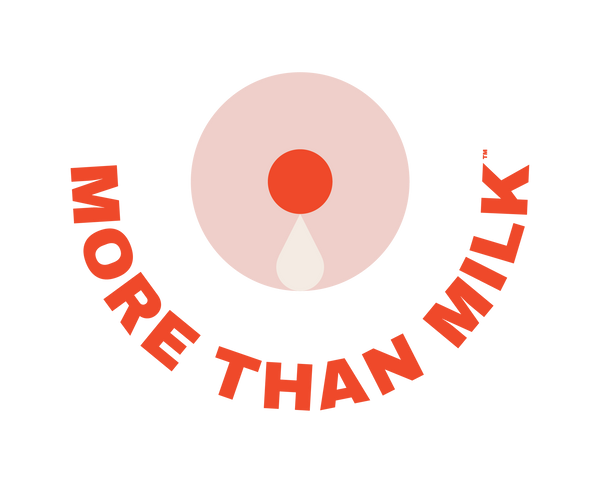Milk Storage
Share
Storing expressed breast milk
- Store expressed breast milk in plastic or glass containers with airtight,
sealed lids. Use BPA‐free plastic wherever possible. Label each bottle or
container with the date and time. - You can also use expressing bags. These come in one time use or reusable options. This is becoming increasingly popular.
- In the early days freezing your milk in ice cube trays and then popping them out as ice cubes and storing them in a snap lock bag works well.Especially as you will only need small amounts. This prevents wastage.
- Once breastfeeding is established, store milk in amounts from around 60 ml to 200 ml, making sure there's some empty space at the top of the bottle or bag. Milk expands when freezing, and if the bottle/bag is full it will spill over the top.
- Store expressed breast milk at the back of the fridge. Fridge doors tend to get opened a lot and the back of the fridge is cooler.
- If you can't store expressed milk in the fridge or freezer straight away, put it in a chilly bin with ice packs in contact with the bottles, for no longer than 24 hours.
The American Academy of Paediatrics has recently updated their
recommendation on adding freshly expressed milk to previously chilled milk.Their statements now reflects what many other researchers have found, which is that combining warm milk with cold milk does not pose a risk to your baby. “Mothers can mix warm milk and cold, or even consider pooling milk from 24 hrs together, which may help even out variability due to pumping time or breast empyting (which influences fat content)”.
Breast milk storage guidelines for well and healthy full term babies at home
|
Storage conditions |
Storage time |
Handy hints |
|---|---|---|
|
In a room (< 26ºC) |
4 hours |
Cover the breast milk and keep in the coolest place possible. |
|
In the fridge |
48 hours |
Store milk at the back of the fridge. |
|
Frozen
|
|
Use the frozen breast milk to mix with your baby's food when you introduce this from 6 months. |
Some plastic feeding bottles are better for a baby's health than others. Avoid any clear, hard, plastic bottles or plastic containers without a number on the bottom of the bottle. Avoid containers with the numbers 3, 6 and 7. BPA‑free bottles are available.
Using stored breast milk
● Thaw frozen breast milk slowly in the fridge. If you need to thaw it quickly, put the bottle of milk in warm water.
● Never use a microwave to thaw or heat breast milk. This can cause uneven
heating, which can scald a baby's mouth. It also damages some of proteins that
pass immunity to your baby.
● Warm the expressed breast milk in a jug of hot water. Test the temperature of the milk by shaking a few drops on to the inside of a wrist.
● Do not re-warm breast milk that has been defrosted and previously heated.
● Breast milk can vary in colour and does not look like cow's milk or formula milk. It can be yellowish, bluish, or quite pale and watery looking. All these colours are normal. Sometimes the fat separates during storage and goes to the top of the milk. If this happens, shake the bottle gently before using the milk to mix the fat back in again.

